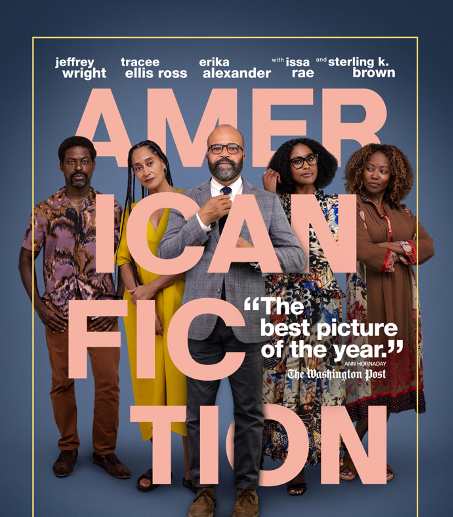
This Sunday, the most sought-after man at the 83rd Academy Awards will not be Colin Firth or Jeff Bridges, but rather a short, bald, and unabashedly nude gentleman named Oscar. He never speaks – natural for a man of metal – but his very presence signifies the highest honor in the motion picture industry.
Artfully crafted in the art-deco style of the 1920s and 1930s, Oscar is a knight holding a crusader’s sword and proudly standing on a reel of film. According to the Academy of Motion Picture Arts and Sciences’ website, the reel has five spokes, signifying the five original branches of the Academy: actors, directors, producers, writers and technicians. Officially named the Academy Award of Merit, it is unclear exactly how Oscar received his appellation. A popular story claims that upon seeing the statue, Margaret Herrick (the academy librarian and eventual executive director) claimed that it resembled her Uncle Oscar. Though the nickname was not officially adopted by the Academy until 1939, it had appeared in public use (most notably in the New York Times) as early as 1934.
Oscar is crafted from britannia metal, a pewter-like alloy, according to the Academy’s website. This core is then covered in nickel silver and plated in 24-karat gold. During the World War II metal shortage, the Academy notes that he forsook his dazzling duds for a humbler suit of painted plaster. Through the course of the war, many soldiers may have received a piece of Oscar without ever knowing it. Nevertheless, Oscar has remained present at all Academy Awards in fine form since their inception in 1929. While it is safe to say that he has never walked the red carpet, his shining visage brings Hollywood royalty together annually.
A far cry from today’s glittering event of nearly 2,700 seated guests and countless paparazzi, the first Academy Awards were held completely out of the public eye. According to the Academy, 270 people paid five dollars to attend the Academy banquet, which consisted largely of lengthy speeches and brief award presentations. By the next year public interest was piqued, and a Los Angeles radio station broadcast the event. Ever since, the Awards have been publicized, transitioning to black-and-white television in 1953 and then to Technicolor in 1966.
Founded largely by MGM’s studio chief, Louis B. Mayer, the Academy says, the first Academy consisted of seven board members who dispensed only 12 awards. This too has grown in size with the growth of the motion picture industry. Today the Academy says that it consists of approximately 6,000 voting members that are categorized into different branches. Members may only nominate individuals of their same branch; for example, actors may only nominate actors, and directors may only nominate directors. However, all members are eligible to vote for the Best Picture nominees. Members then mail nomination forms into PricewaterhouseCoopers, an international, secure accounting firm, who tabulates the nominations into a final ballot. The final ballot is then mailed out to members, who must return it by the Tuesday prior to the Awards. Once the final ballots have been tallied, only two partners of PricewaterhouseCoopers know the results until the sealed envelopes are opened onstage.
This secrecy was not always the case. According to the website, at the first Academy Awards, nominees knew their success (or failure) three months in advance. By the second Academy Awards, the Academy attempted to keep the results secret. However, to make sure the Awards were thoroughly publicized, they mailed a copy of the winners list to local newspapers to publish at 11 p.m. on the night of the Awards. This continued without a problem until 1940, when, according to the Academy, the Los Angeles Times published the winners in its evening edition, which was easily available to the arriving guests. Thus, the Academy developed the suspenseful sealed-envelope system that is still in use today.
The Academy Awards have come a long way from their origin in the Blossom Room banquet hall of the Hollywood Roosevelt Hotel. What was once a private affair is now a staple of pop culture and public tribute to some of the greatest film figures of all time. It is no longer simply an American event as in the early years; the Awards are broadcast into over 200 countries. The Academy Award for Best Foreign Language Film is even considered an achievement for a country as a whole; each country chooses its best film to submit for consideration, according to the eligibility rules of the Awards. However, in the 83 years of growth the Awards have seen, one thing has remained the same – the ineffable stoicism and sparkling charm of Oscar himself. No matter how many countless actors, directors, writers, producers and technicians come and go, he remains standing upon reel after golden reel. This Sunday, many will walk the scarlet carpet, but none will have the quiet style and timeless grace of Oscar.
Melissa Mahoney can be reached at [email protected].






